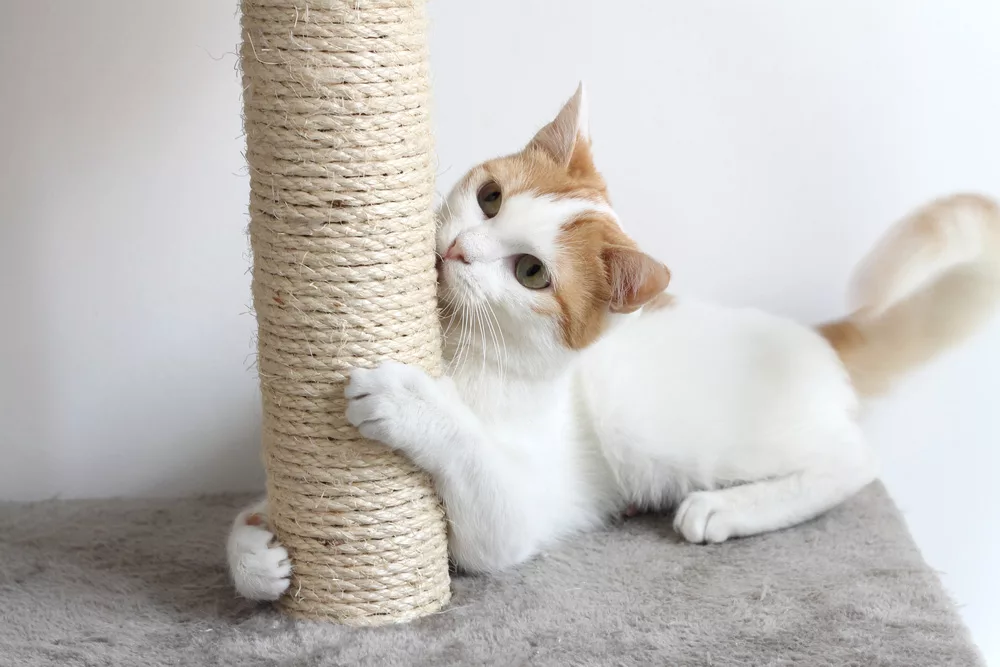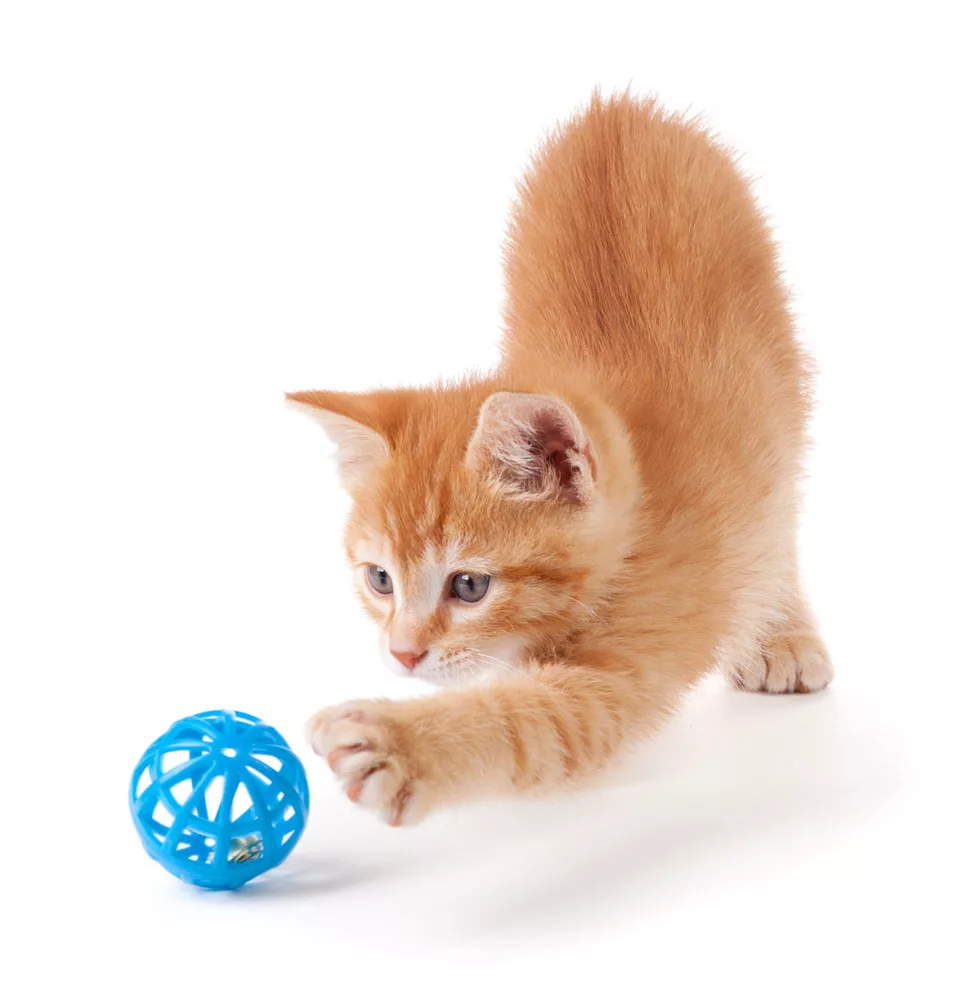About Declawing Cats Pros and Cons, If you have been considering declawing your cat for some time now, this blog post is for you. Many people declaw their cats for various reasons, but some oppose the practice. This article will provide a comprehensive overview of declawing cats.
We will discuss declawing cats’ pros and cons so that you can make an informed decision.
Table of Contents
- What Happens After You Declaw a Cat?
- Pros and Cons of Declawing a Cat
- Alternatives To Declawing Cats
- Tips For Cat Claw Maintenance
- Conclusion
What Happens After You Declaw a Cat?
Declawing a cat involves several procedures which a cat undergoes simultaneously to remove the claws. This surgery can be very dangerous and often requires anesthesia. The declawed cat may experience pain, swelling, bruising, and bleeding at the surgical site.
Some cats may be unable to use their paws for a few days following the surgery. You should not declaw a cat under the age of three months or with a broken bone in the paw. Before performing the procedure, a veterinarian should check for feline immunodeficiency virus (FIV) and Feline leukemia virus (FeLV).

(The cat’s claws)
Pros and Cons of Declawing a Cat
Declawing helps control your cat from scratching and prevents damage to your furniture. Here are some of the benefits of declawing a cat.
Pros:
It Protects You and Your Family
If you have children and you’re worried that they will get scratched by your cat, it’s a good idea to get it declawed.
But you can protect your kids through other means.
You can easily avoid injuries from your cat claws by trimming them regularly. You must teach your children how to handle cats and the do’s and don’ts when playing with cats. If that doesn’t work, you can teach them to refrain from petting the cat to prevent injuries.

(play with cat)
It Can Protect Your Furniture
Cats scratch against furniture to sharpen their claws, and as a result, they damage your furniture.
But there are other ways to protect your furniture.
Another alternative to declawing your cats to protect your furniture is providing them with scratching posts. It’s possible to achieve the same outcomes without amputation by keeping the nails short and blunt. You should also cover your furniture with coverings that prevent them from getting damaged.

(declawing a cat)
Cons:
It May Cause Behavior Issues
To put this into perspective, how would you react after living with people and suddenly they amputate your fingertips? The behavioral changes may result from spite from the cat since the process can be painful.

(A cat that catches mice)
The possibility of complications exists.
Despite the safe declawing procedure, you cannot guarantee success in any medical procedure. Your cat risks getting an infection which could result in other complications. More so, the surgery can have a hitch that might result in your cat’s death.
It could result in health problems in the future.
Due to the stress on the tendons when cats undergo declawing, cats are more likely to develop arthritis as they age. Once a cat has contracted arthritis, it may not be able to run and jump, and it might take a toll on your cat.
It’s illegal in some places.
You might need help to engage in the practice where you reside legally. Nations, such as England and France, have outright banned it. You should also consider how humane the operation is, given that entire nations have outlawed it.
It causes pain
The pain that comes with declawing your cat is unnecessary, as there are alternatives to declawing. If you are on the verge of taking your cat for a declawing procedure, you should rethink the pain it will undergo.
They become vulnerable to attacks.
Cats use claws as a self-defense mechanism when they get attacked. Removing their claws makes them weak and vulnerable to attacks.

(An angry cat)
Alternatives To Declawing Cats
Here are some alternatives to declawing cats;
● Behavioral Training: It involves diverting a misbehaving cat to a toy or scratching post. Behavioral training is significantly more effective for kittens than for adult cats.
● Soft Claws: These are surgical adhesive-attached vinyl nail caps for cat claws. Soft claws are a reasonable alternative to declawing, although it does require a patient and committed owner.
● Frequent Nail Trimming: Although less effective than declawing cats, this method is nonetheless popular. It entails cutting the nails short. However, this approach won’t stop a cat from honing its current claws and using them.
● Toys/Scratching Post: Although some cat owners may view this as a given, having enough options for the animals’ rest and entertainment is crucial. Make sure the equipment you buy has your feline friend’s approval because some cats are highly fussy.

(cat scratching a post)
● Synthetic facial pheromone sprays/diffusers: Use a synthetic pheromone spray to repel your cat from scratching things or places in your house.
● Appropriate environmental enrichment: Cats hunt and explore naturally. They may become stressed if they don’t have access to a stimulating environment that allows them to release their curious, playful energy.
● Discuss Alternatives With Your Veterinarian: Your vet will recommend other alternatives based on how your cat behaves.

(The cat is playing with a ball)
Tips For Cat Claw Maintenance
Here are some tips for keeping your cat’s claws in good condition:
- Trim the nails regularly. It will greatly reduce the amount of scratching and fighting that goes on in your home.
- Keep a clean litter box; this will help keep the cat from scratching and biting its paws because it is clean.
- You can also place a small towel at the bottom of the litter box. That way, your cat can perch while using the litter box as its scratching post.
- Sprinkle some catnip on the scratching post, some cats like the smell of catnip, which makes them feel more relaxed.
- Make sure you watch your cat closely for signs of pain from its claws. If you notice it limping, it may signify that it needs trimmed claws.
Taking care of your cat’s claws is crucial to keeping them healthy and happy.

(examining cat claws)
Conclusion
Declawing a cat is a two-sided coin; it has advantages and disadvantages. However, as established in this article, the cons outweigh the pros. Declawing your cat should be the last resort after considering the alternatives.
